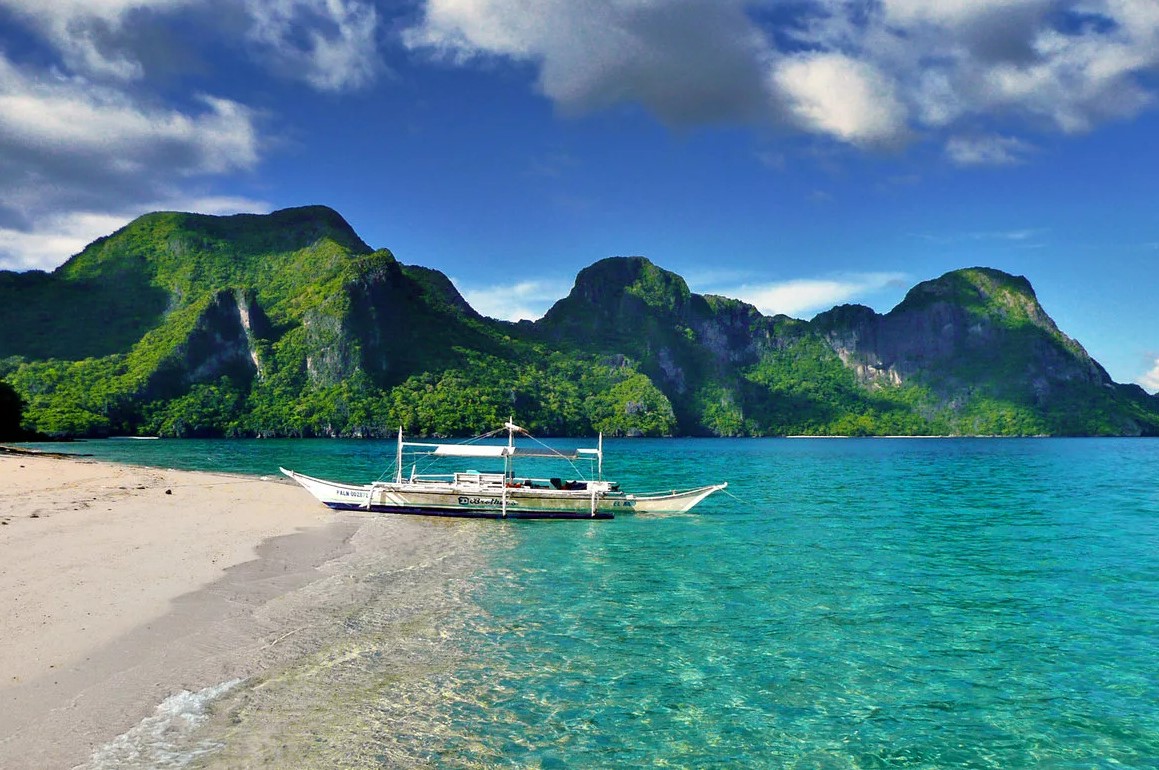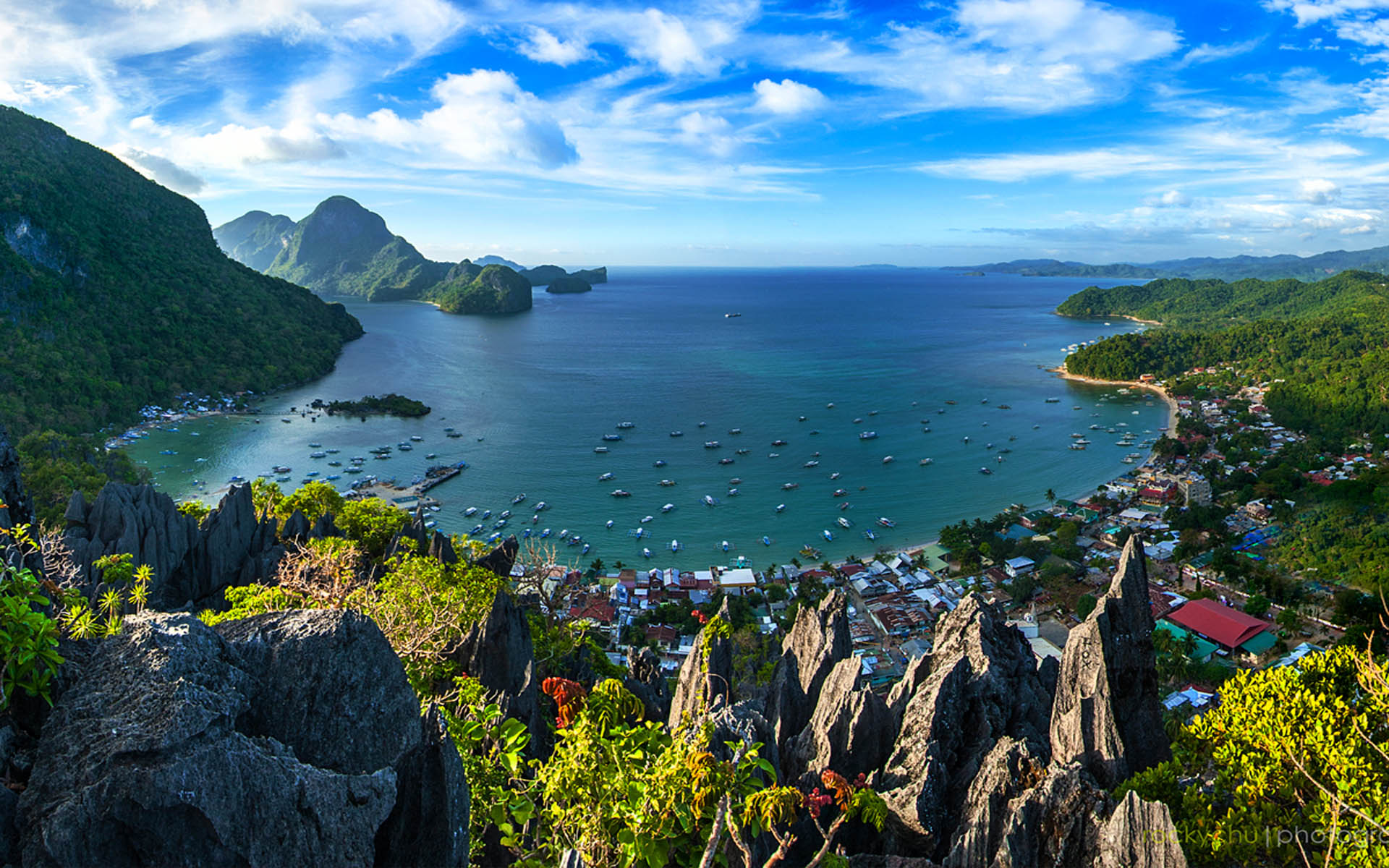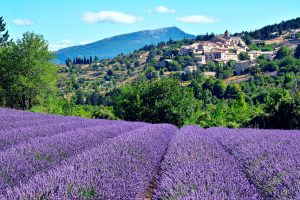The uniqueness of the country, where indeed the Philippines holds an odd position, is that different cultures and traditions have melted together for centuries and https://lingvanex.com/translation/english-to-tagalog. The strategic crossroad of the Southeast Asian archipelago lies in between East and West.
In this paper, we take a look at the way in which historical contacts with different countries and peoples have shaped the Philippines into a melting pot of cultures.
Cultural Influence of Malays and Indonesians: Filipinos are descendants of both Malays and Indonesians, who had originally settled in the archipelago a few thousand years ago. In most cases, customs, traditions, and even language have a common base with the Malaysian and Indonesian cultural backgrounds.
Impact of Chinese culture: since the ancient history of the Philippines, they have always been in trading relationships with China, and this has filled local culture with Chinese traditions. This is especially evident in art, cooking, and craft work.
Influence of the Spanish Colony: The Spanish rule that reigned over 300 years gave the Philippines much from Spanish culture. Many aspects of this influence became evident in language, religion, and architecture. To date, this is predominantly the dominant religion in the country.
Under American colonization and https://lingvanex.com/translation/english-to-hindi: After the archipelago became independent from Spain, it continued under U.S. protectorate for several decades, during which time it conditioned education, democratic institutions, and English—currently one of the official languages of the country.
Indigenous influences: Despite the outside influences, these submerged the indigenous influence of the people of the Philippines under what came from foreign lands. The native remains a diversity of ethnic groups each with characteristic customs and languages.

Islam in the Philippines: A very large portion of the people in the Philippines, most especially in Mindanao and some islands in the south, are Muslims. The country previously had very good social and trade relations with the Arabs and Malays, so it was considered one of the early seeds for the region.
Filipino cuisine: Filipino cuisine is the only one that has peculiar and diverse flavors. It is a great mix of cultures, with influences from Spanish, Chinese, Malay, American, and Native culinary traditions.
Arts and Crafts: Filipino arts and crafts reflect the impact of many cultures. From the finest textiles and smallness of carvings to contemporary art, cultural heritage on an archipelago represents talent and creative activity in the most consummate forms.
Music and Dance: Philippine music and dance broadly speak to the reflection of history and cultural values, beliefs, and ways of life. It is this tradition of folk songs and instruments that the modern, emerging society harbors a rich and varied palette for the whole spectrum of Philippine traditions.
Linguistic diversity: Over 170 languages and dialects are spoken in the Philippines. Though official languages were adopted as Tagalog and English, large numbers of other languages and dialects still survive and are highly preserved by respective local communities.



